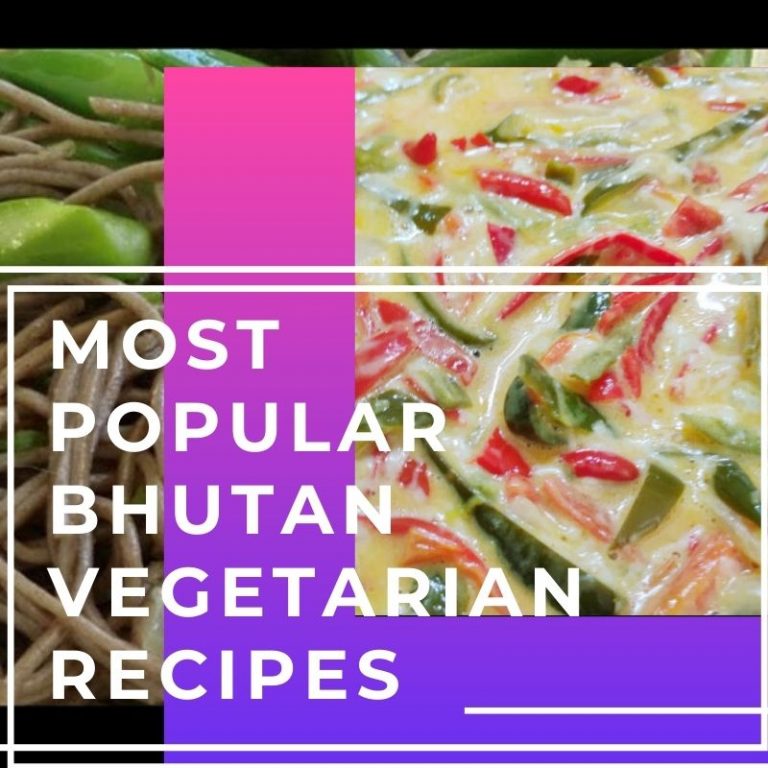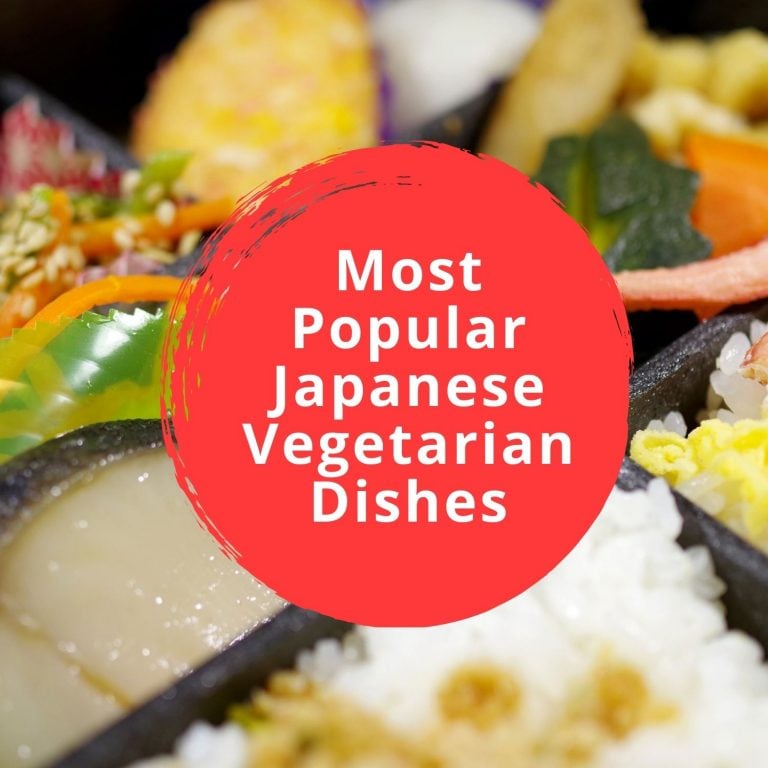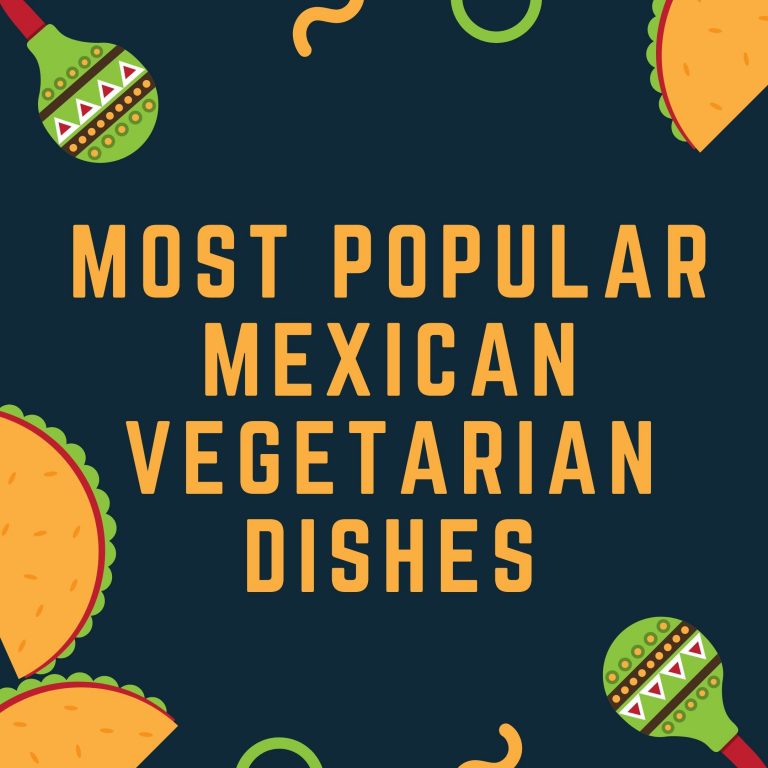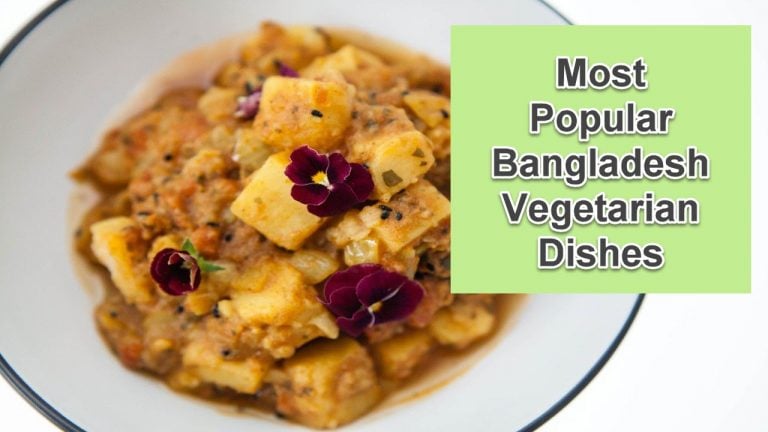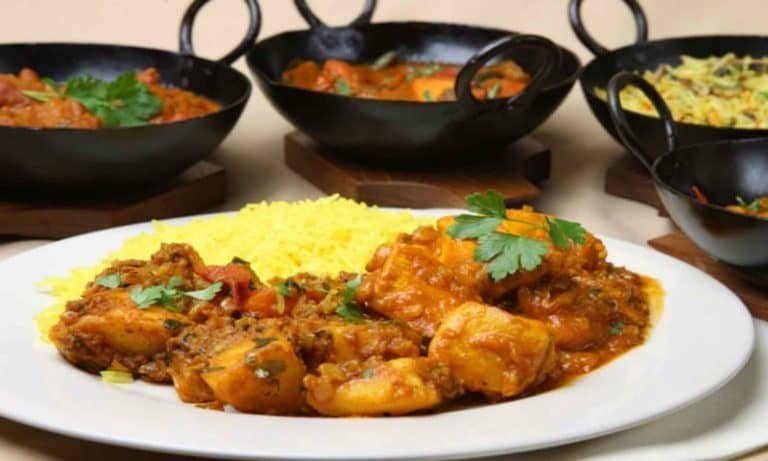15 Most Popular Mongolian Vegetarian Dishes
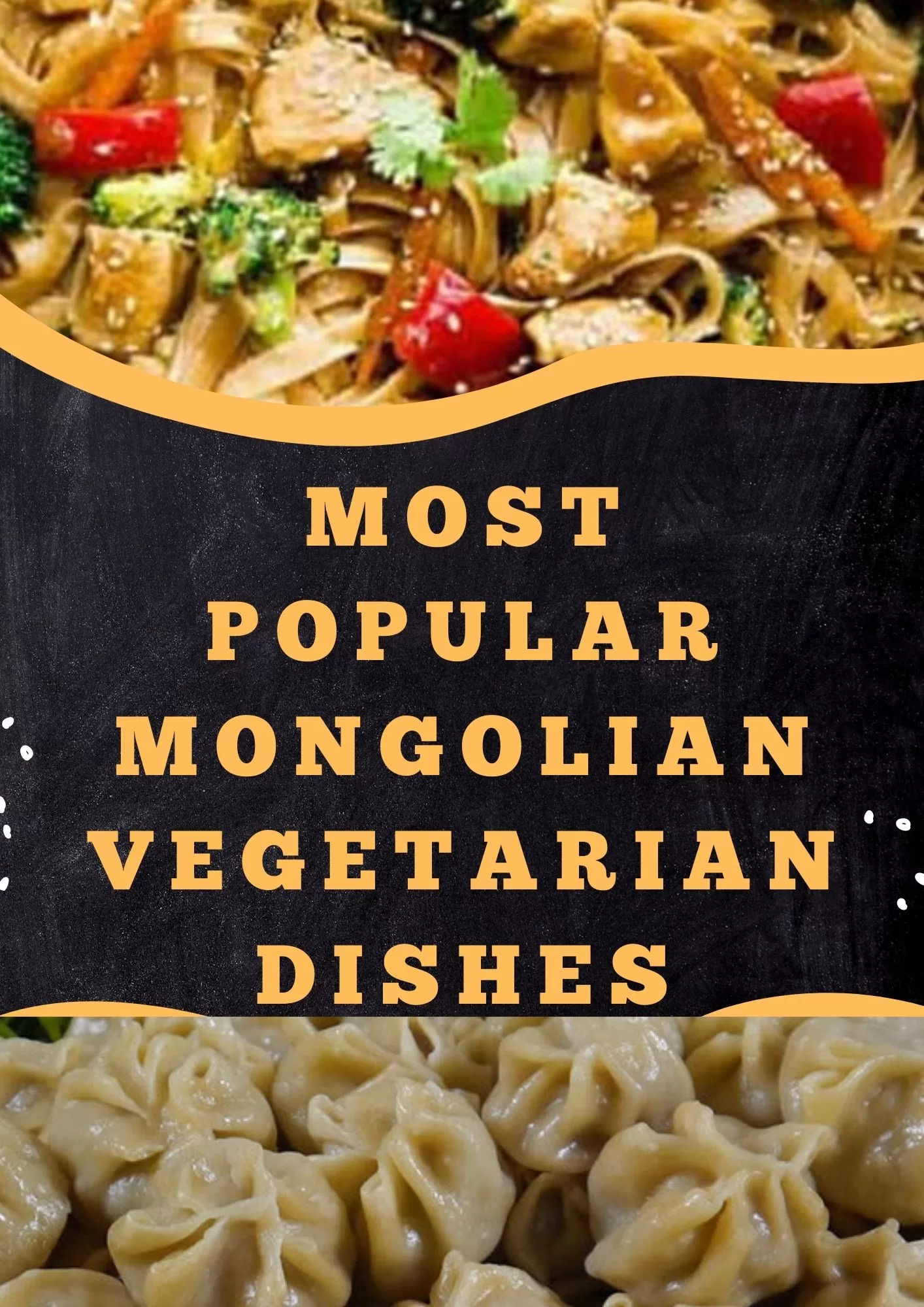
Mongolian cuisine is typically consists of meat, animal fats and dairy products. Cooked Mutton is the most common dish. Most of the dishes in Mongolia have meat, in fact Mongolians are considered to be meat eaters. Perhaps due to the country’s climate condition where only few vegetables and fruits can be survive and grow. Mongolia might not be a entirely a vegan-friendly country, there are however vegetarians dishes that can be offered. In today’s post, we will go through the most popular Mongolian vegetarian dishes. We have also included a recipe bonus that you can try at home.
Popular Mongolian Vegetarian Dishes
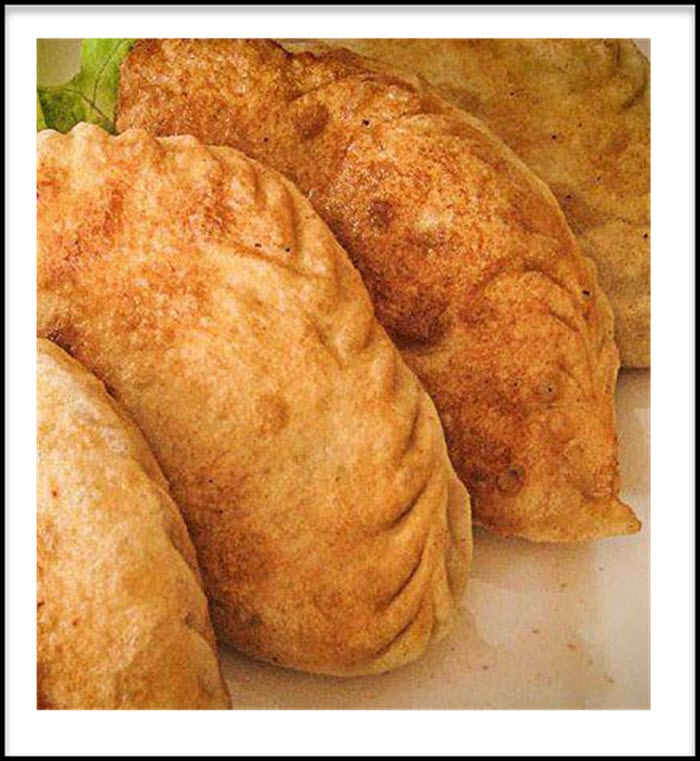
Khushuur
Khushuur is a popular vegetarian dish in Mongolia. It is similar to garlic chives wrap. The dough that is used with Khushuur is also the same dough used as buzz (mongolian dumpling). Although they both differ on the cooking process wherein Buzz is steamed while Khushuur on the other hand is deep fried.
If you are familiar with the famous Empanada in the Philippines, Khushuur also has the same round or oval pocket shaped. Most of Khushuur is filled with mutton, there are also other varieties that is filled with vegetables for vegetarians.
Most of the fillings for Khushuur vegetarian version includes potatoes, cabbage, carrots, onion, garlic and salt.

Bansh
Bansh is a popular dumpling in Mongolia that is usually served during holidays and special occassion. It is made with Mutton or beef however, there is also vegetable variations. Since it is a dumpling, it is similar to Buzz, though Bansh is smaller in size as compared to Buzz.
Bansh dumplings can be serve in different ways: it can be served as a soup or also called Banshtai Shol, it can also be served as Banshtai Tsai or Rice tea with rice, or the dumpling can be steamed or also called Jeegnesen Bansh.
In Ulananbaatar which is the capital of Mongolia, you will find several restaurant there that sells Bansh on their menu. So for those who are looking for vegan restaurant, you should give the restaurants in the capital a try. Also, there is another dumpling variety in which is fried or also called Sharsan Bansh rather than steamed.

Buzz
Buzz is a Mongolian steamed dumpling. A traditional Buzz dumpling is usually filled with mutton or Mongolian beef. But vegan Buzz is also available in Ulaanbaatar wherein the vegan version of this type of dumpling is filled with vegetables.
Buzz filling is usually consists of mushrooms, onions, garlic, chili powder, salt, mustard and other spices. The ingredients are wrapped in a dough, though wrapping it thicker as compared to other dumplings. The shape of the wrapper depends on one’s preference however in Mongolia it is mostly pinched on the top part similar to that of other forms of dumplings.
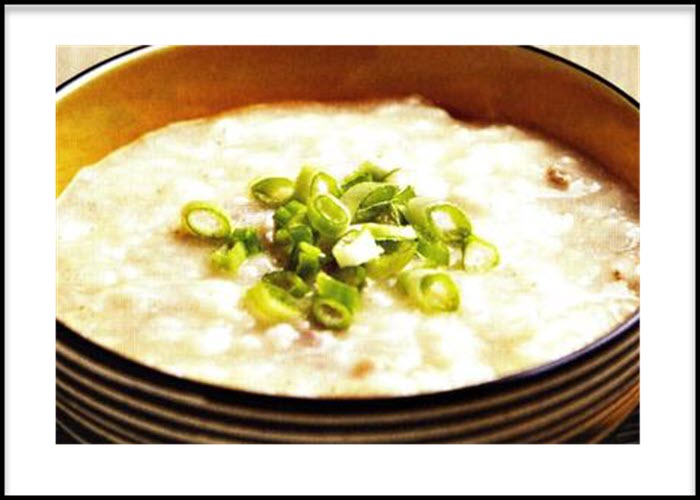
Bantan Soup
Bantan is a type of Mongolian Soup. It is usually known for as the Mongolian Hangover Cure. Traditionally, this soup is made of meat and dough crumbs. But with vegan versions of Bantan soup, the meat uses a textured Vegetable protein (TVP) as an alternative, with lots of vegetables added to the soup.
Texture Vegetable Proteins are actually made of soybeans. It is considered a healthy Mongolian food since it is high in fiber and protein content.

Gambir
Gambir is a fried bread that is basically made with flour, sugar and water. Often times, Gambir is made from the leftover dough used when making other Mongolian dish such as Bansh, Buzz or Khuushuur.
It is actually similar to pancakes since Gambir is also cooked with using oil. The fried bread can be eaten in different ways: as a sweet pancake wherein jam or Jellies are placed as toppings or can be eaten with peanut butter.
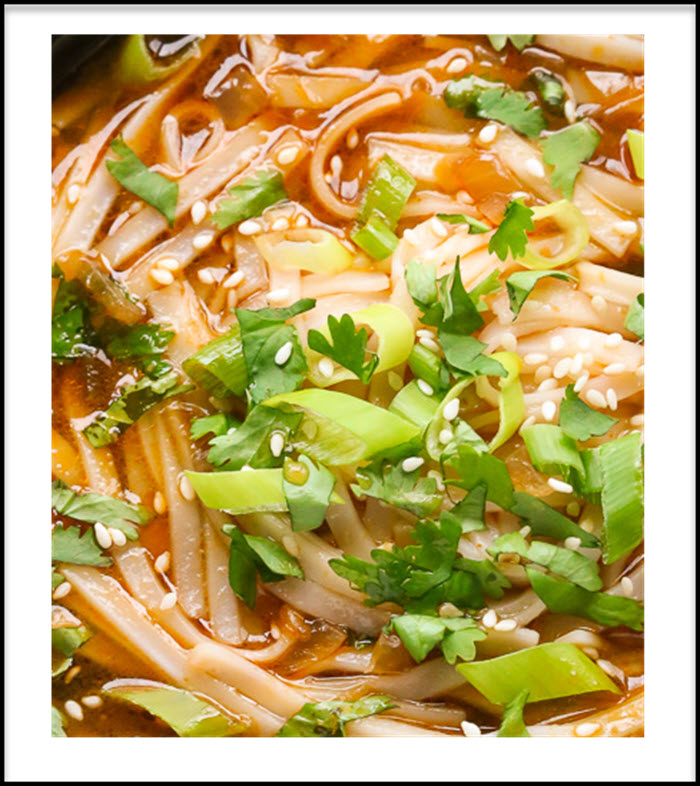
Guriltai Shul
Guriltai Shul is a Mongolian noodle soup. Traditionally, the soup is made from meat and vegetables but there is also vegetable version available wherein meat is not included in the recipe.
With Guriltai Shul, to make it a vegetarian soup the recipes includes ingredients such as carrots, onions, potatoes and celery. Sometimes turnips are added to the soup.
There are restaurants in Ulaanbaatar that offer vegan version of Guriltai Shul. Other options includes selecting which noodle to use: a regular wheat noodles or Rye noodles.

Budaatai Shul
Budaatai Shul is another Mongolian soup. Since Guriltai Shul was mentioned above as a Mongolian soup, the difference between the two mongolian dishes is that while Guriltai Shul uses noodles for the soup, with Budaatai Shul on the other hand uses rice as its main ingredient.
As a traditional mongolian recipes, Mutton is used in Budaatai shul or sometimes Mongolian beef but vegetarian versions is also possible. Hence, without the mutton nor the Mongolian beef. Most of the time TVP or Texture vegetable protein is used as an alternative to the meat. Then to make it a vegan soup, vegetables such as potatoes, spinach, or white cabbage and carrot are added together with the rice soup. Salt and pepper to taste too.
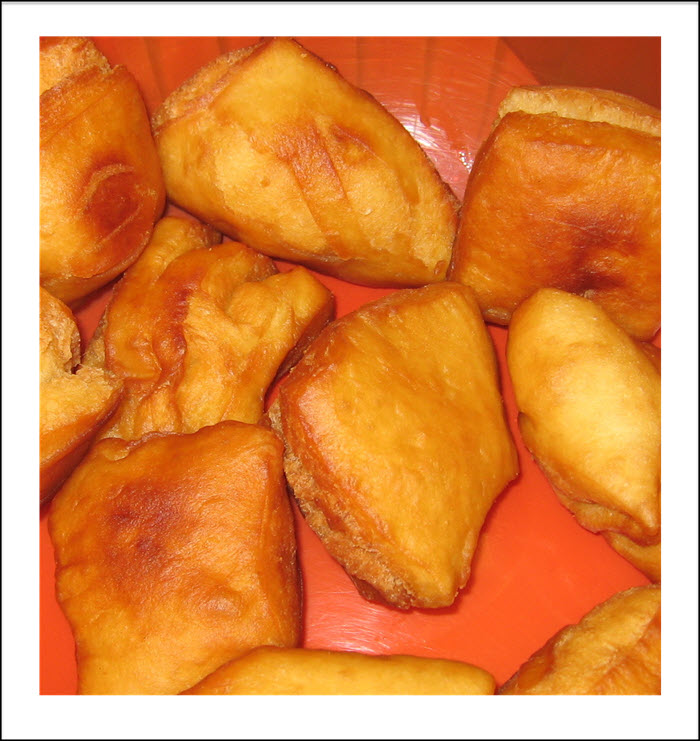
Boortsog
Boortsog or also known as Bawirsaw is a type of deep fried dough. The texture of Boortsog is similar to that of a cake and a cookie.
Traditionally, Boortsog is usually fried in mutton fat but with vegetarian version recipes of Boortsog is fried using oil. The dough in making Boortsog is made of yeast, milk, flour, eggs, salt, sugar, and margarine.
Boortsog is the Butter cookie in Mongolia. An absolutely delicious treat that everyone will love and enjoy eating.
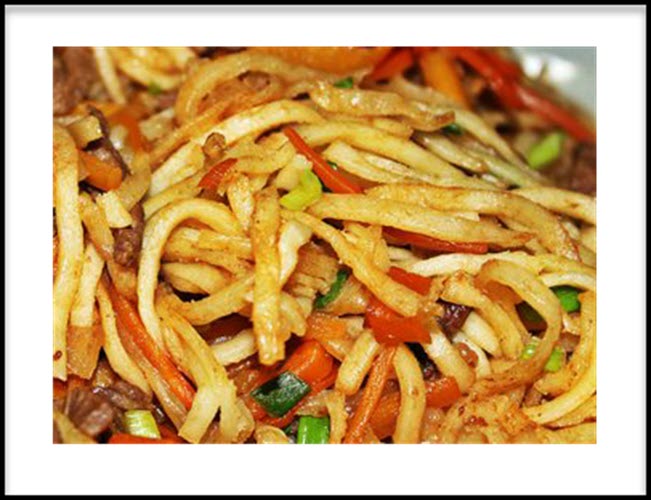
Tsuivan
Tsuivan is a popular Mongolian noodle dish that can be found in most of the menus in the restaurants in Mongolia.
A Traditional Tsuivan dish consists of stir fry vegetables such as carrots and cabbage, meat is also added too. However, if you are looking for the vegetarian version recipe, meat is left out but rather more stir fry vegetables are added such as spinach, cucumber, bell peppers, onions and potatoes.
The noodles used with this Mongolian dish is either steamed or stir fry together with the rest of vegetable ingredients. Topped with scallions to make the dish even more delicious.
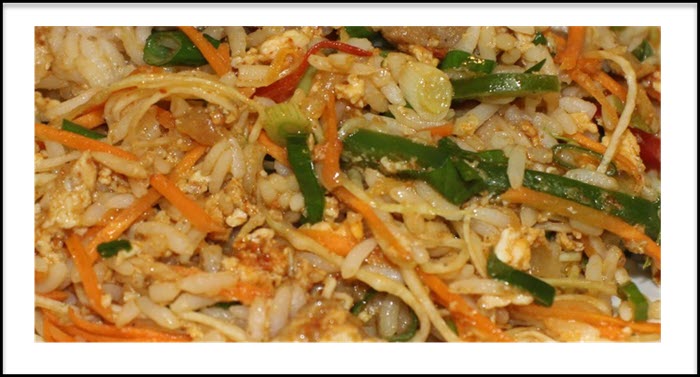
Budaatai Khuurga
If you are wondering, from the previous dish we also mentioned the term Budaatai. In Mongolia cuisine, the term Budaatai means rice. Therefore, Budaatai Khuurga is a fried rice dish similar to Tsuivan. Since rice is not a native to Mongolia, this vegetarian dish is not considered to be a traditional dish.
In Mongolian restaurants, since most of the dish involves meat but to eat vegan you can simply remove the meat from the ingredient.

Baitsatai Khuurga
While Budaatai Khuurga means fried rice, Baitsatai Khuurga simply means Fried Cabbage. A popular vegetarian dish simply because Cabbage can easily grow in Mongolia despite its climate as compared to growing rice as used in Budaatai Khuurga dish.
Aside from the cabbage as the main ingredient of Baitsatai Khuurga dish, vegetables such as potatoes, carrot and onions are added.
Baitsatai Khuurga is best paired with rice but most of the time locals love to pair this mongolian dish with Gambir (Mongolian Fried bread)
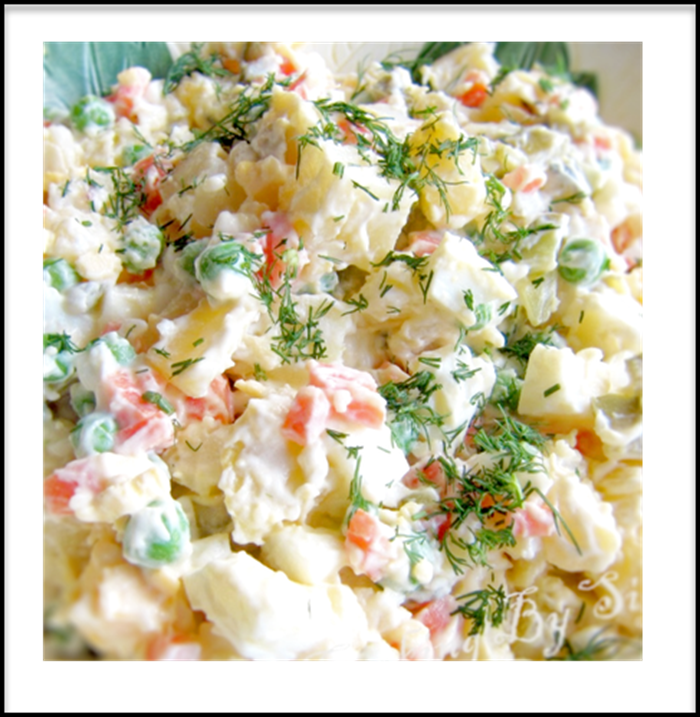
Neeslel Salat
In Mongolia, Neeslel Salat is considered to be their Capital Salad, hence it is popular in Ulaanbaatar (Capital of Mongolia).
Neeslel Salat is also known for as Potato salad. Although a traditional version involves a mayonnaise made from eggs, for vegans a vega mayo as an alternative is used instead.

Piroshki
Piroshki is a popular treat in Russia. These are fried dough sweet treats of packets.
In Mongolia, a traditional Piroshki contains meat, but to make it more vegan friendly the meat is removed and replaced with more vegetables such as carrot, cabbage, peppers, onions and potatoes.
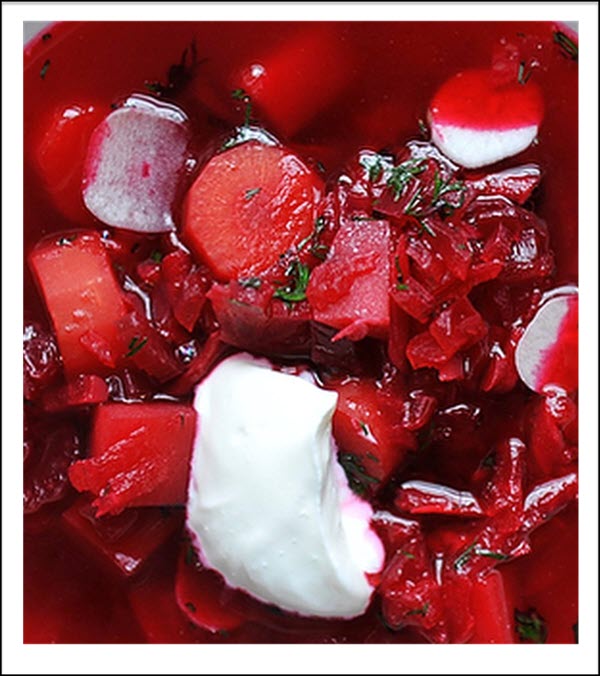
Borscht
Borscht is a classic Russian sour soup, Mongolian also adapted this soup on Mongolian Cuisine. Beet roots is the main ingredients of Borscht, as evidenced by the redness color of the soup.
The difference between the classic Borscht soup and the Mongolian Borscht soup version is that Mongolian Borscht contains more vegetables than the classic Borscht soup.
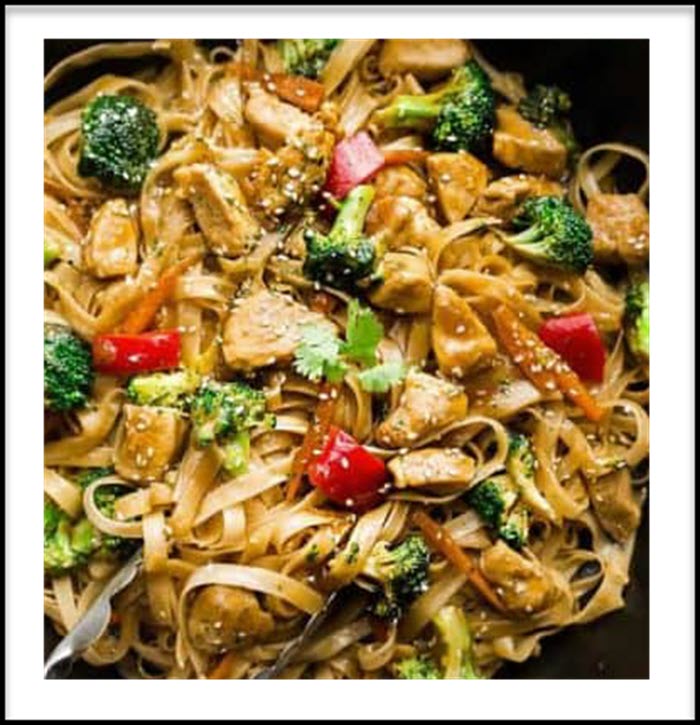
Mongolian Stir Fry Noodles
Mongolian Stir fry noodles is another stir fry noodle recipe in Mongolia. With this recipe, the vegetables are stir fried in soy sauce and ginger sauce.
Mongolian Stir Fry noodles is made of different variety of vegetables such as ginger, pepper, sauce (spicy sauce or hot sauce).
We have included in this post the recipe of one of Mongolia’s popular dish: Vegan Mongolian Noodles and Veggies Stir Fry in Spicy Soy Ginger Sauce.
Ingredients
- 8.6 oz Fettucine or noodle of choice.
- 1/2 cup baby corn.
- 2 cups Kale (chopped)
- 2 carrots (diced)
- 1 cup cabbage (shredded)
- 1 bell pepper (diced)
- 1 tbsp. Canola oil
- 1 tbsp. Sesame oil
- 3 tbsp. soy sauce or tamari sauce will do.
- 2 tbsp. raw sugar or brown sugar
- 1 tsp black pepper (ground)
- 2 tsp. hot sauce or red chili sauce.
- 2 tbsp. Ginger
- Salt to taste
Cooking Instructions:
- Depending on the kind of noodles used, cook it according to the packaging.
Once noodles is cooked, drain excess water using a strainer or a colander. Cool down noodle under cold running water. Mix noodles with 2 tsp oil, 1 tsp soya sauce and 1 tsp chili sauce. Set noodles aside.
- In a medium sized bowl, mix together the sauces, sugar and pepper. Set aside.
- In a medium size wok, heat oil under high heat. Once oil is hot enough, add ginger and fry until crispy brown.
- Add diced bell pepper and diced carrots. Mix thoroughly and cook for at least 20 seconds.
- Add cabbage and mix thoroughly and cook for another 30 seconds.
- Add kale and the mixture of sauce (step 2). Cook for another 30 seconds.
- Add the cooked noodles. Mix it well with the vegetables and mixture of sauces.
- Remove from heat. Seasoned to taste. Transfer in a plate, serve hot.
FAQs
Buzz, a Mongolian dumpling is considered to be a National dish in Mongolia. It is usually filled with Mutton with onions and garlic and are then steamed. But there are other Mongolian recipes wherein Buzz can be a vegan friendly dish.
As mentioned, Mongolians are meat-eating individuals, it is also possible to be vegetarian in Mongolia. Although vegetables are rare to grow in Mongolia because of its climate, but that does not mean it is impossible. Most of the Mongolians cuisines can be vegan friendly and plant based dishes with some modifications on the dish, and that is to remove meat or mutton from the ingredients.
Conclusion
With the Mongolian Vegetarian dishes mentioned above, you can now enjoy staying and visiting Mongolia even if you are a vegetarian. Now, you can never go hungry in Mongolia. With little modifications on the ingredients, traditional Mongolian dishes can easily turned into vegetarian dishes.
Have you tried the vegetables dishes in Mongolia on the list? Which one if your favorite. Let us know what you think.
